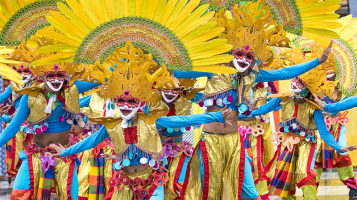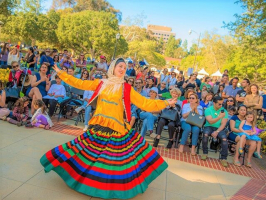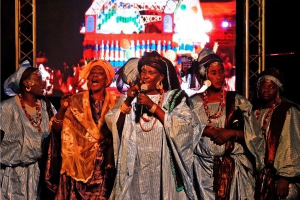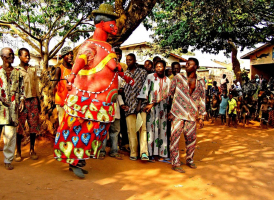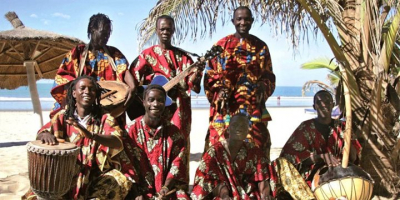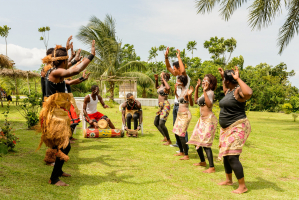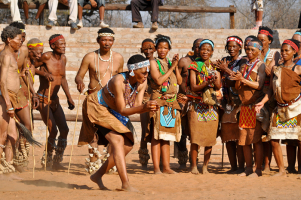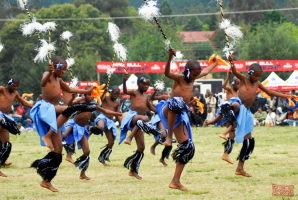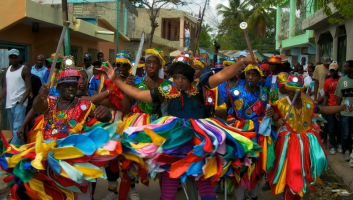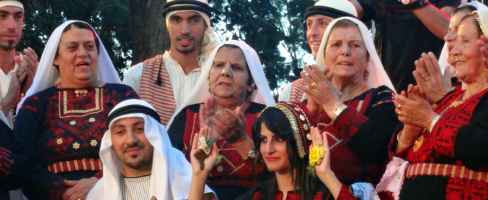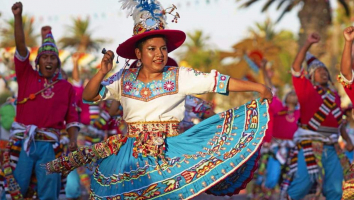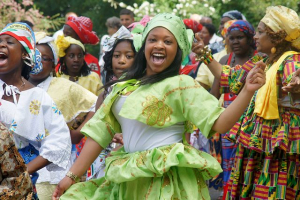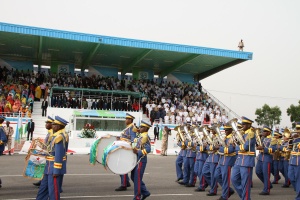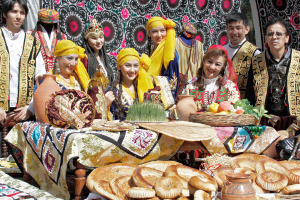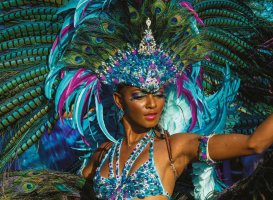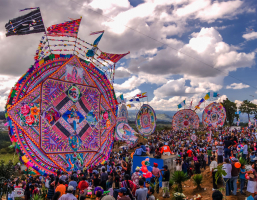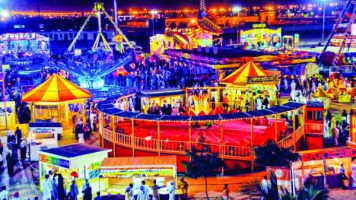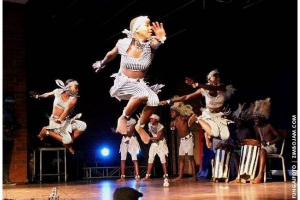Top 12 Most Famous Festivals in Peru
Peru is one of the world's most active countries. Festivals that promote the culture of our great country take place every month. Peruvian festivals are an ... read more...excellent method to learn about the country's culture. During your tour, you will be exposed to Peruvian cuisine, art, scenery, and other cultural delights. In this post, we will discuss the most famous festivals in Peru.
-
The Inti Raymi, which means "Sun Festival" in Quechua, is one of the imperial Cusco's most prominent celebrations and one of the most exciting festivals in the country. Every June during the celebrations, this spectacular ceremony takes place on the esplanade of Sacsayhuaman, with the goal of paying homage to the Sun God, the greatest emblem of reverence in Inca culture.
Every year, over 600 performers participate in this one-of-a-kind event, portraying their forefathers with the same zeal that these people did centuries before.
This custom is still carried on by the contemporary inhabitants of the Andean countries. Many other indigenous people of Inca ancestry still practice the Inti Raymi rite, some of whom live in distant regions of the ancient Inca territory, such as Ecuador, Colombia, Peru, northern Argentina (Jujuy), and Bolivia.
Location: Cusco
Date: June 24
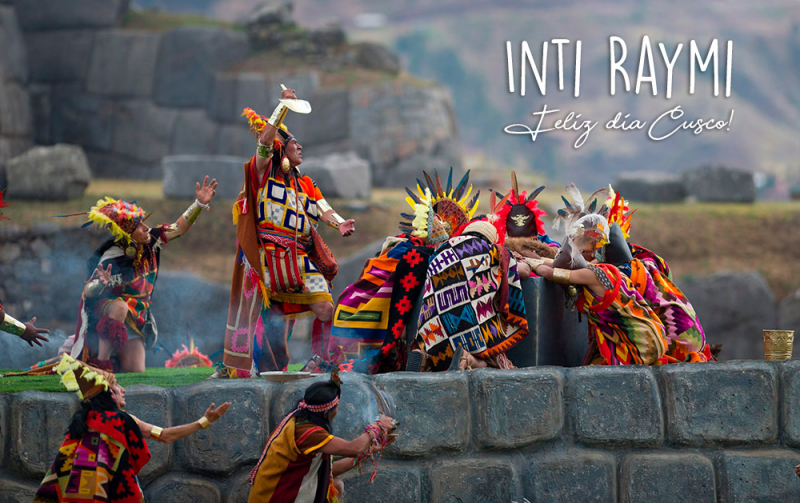
Photo: Cusco Destiny 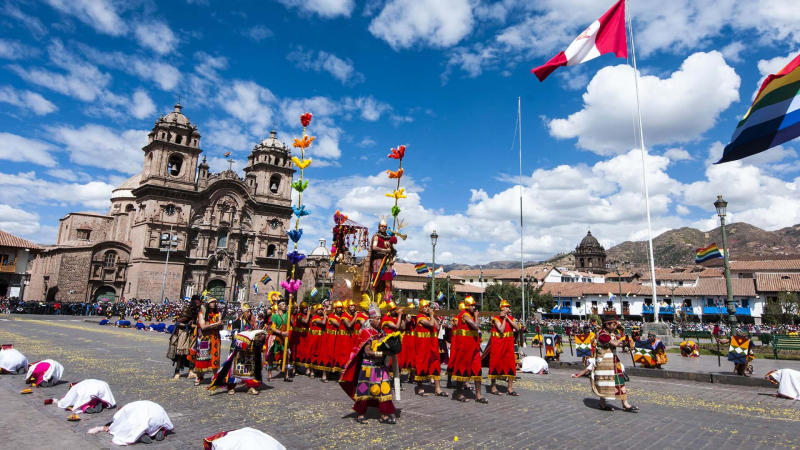
Photo: Perú Travel -
The Qoyllur Riti, which means "Snow Star" in Quechua, is a religious event held in Cusco 58 days after Easter and just a few days before Corpus Christi. Its exact date varies from year to year. The major ceremony takes place atop Mount Ausangate, where temperatures can drop below 0 degrees Celsius.
As part of one of the most important indigenous traditions, the rite is related to the abundance of the land and the worship of Apus. Shepherds, traders, and passersby congregate at Sinakara's shrine to participate in the ritual.
According to legend, the Baby Jesus appeared to Marianito Mayta, an Indian child. The pilgrimage begins on the feast of the Holy Trinity when nearly 10,000 pilgrims attempt to reach the boundary of everlasting snow.
Location: Cusco
Date: the end of May
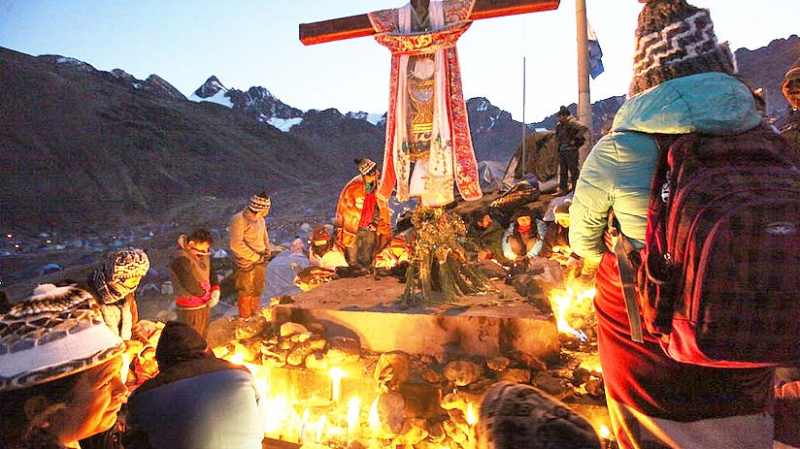
Photo: Machu Travel Peru 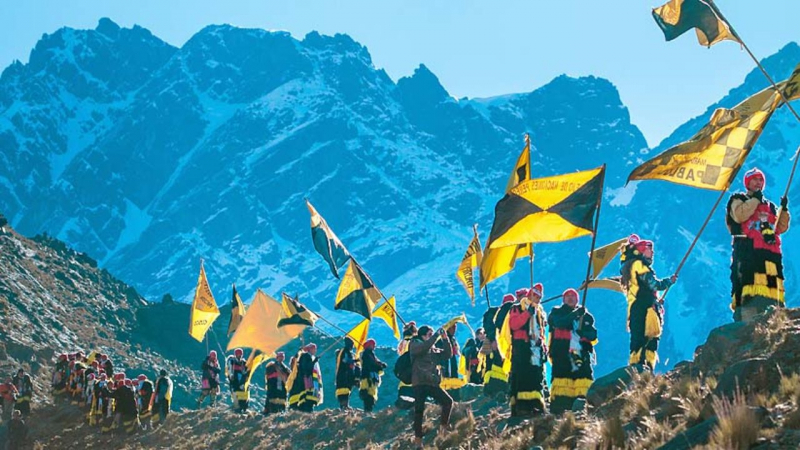
Photo: Machu Travel Peru -
The Feast of Corpus Christi used to be widely celebrated throughout the country, but the most well-known popular festival is held in Cusco, Peru's most spectacular city.
Sixty days following Easter Sunday, fifteen beautifully decorated statues of saints and religious figures are stalked together with the Plaza de Armas. During the day, you can listen to the sounds of Mara Angola, Peru's largest church bell tower, built by Diego Arias de la Cerda in the 16th century. Locals prepare and consume approximately twelve traditional Peruvian foods the night before, including cuy chiriuchu, chicha (a characteristic local beer), and more.
On a major day, the procession takes place about midday. The Plaza de Armas is bustling with locals and tourists eager to view the ornately painted saints. Corpus Christi is a vibrant and traditional religious celebration. It is a fantastic opportunity for foreign visitors to sample traditional Peruvian culture.
Location: Across the country
Date: Thursday, 16 June 2022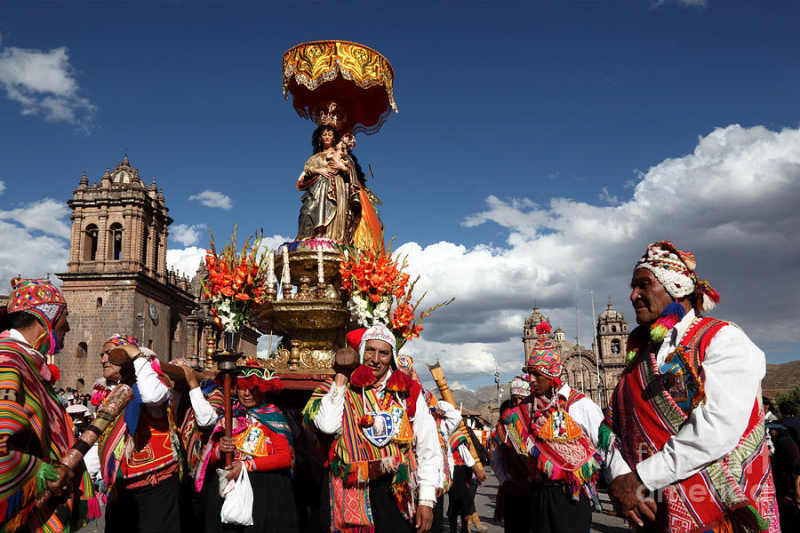
Photo: Aracari Travel 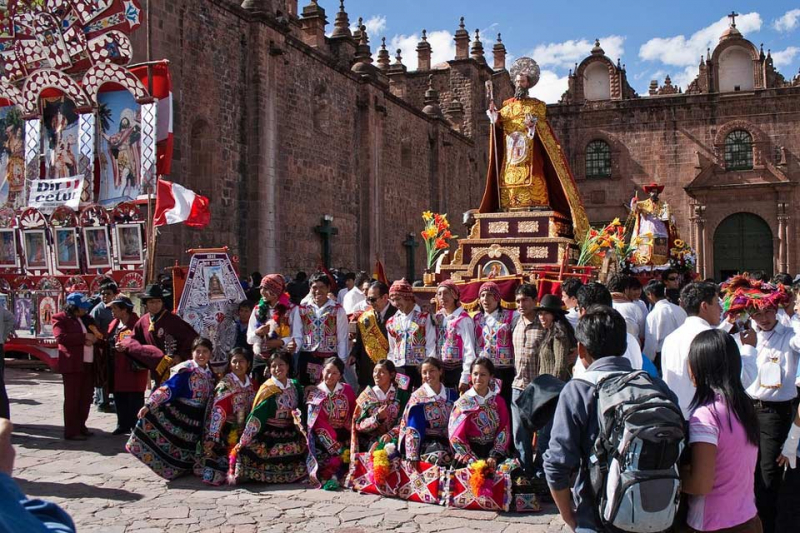
Photo: www.imperiostravel.com -
The Festival of the Bajada de Reyes, also known as the three wise men's descent, brings the traditional Cusquea Christmas celebrations to a close. This festival clearly combines colonial and indigenous religions.
Bajadas de Reyes commemorates not just the joy of Christmas, but also the beginning of the rainy season. It's a celebration of food and the coming growing season. This event is highlighted by a colorful procession of the infant Jesus from Marcacocha's beautiful church. This celebration also includes traditional dancing, making it one of Peru's most lively.Location: Across the country
Date: January 6
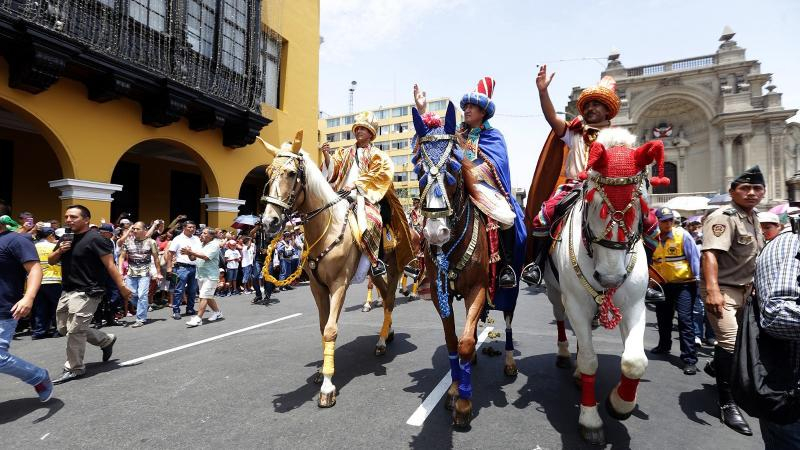
Photo: TV Perú 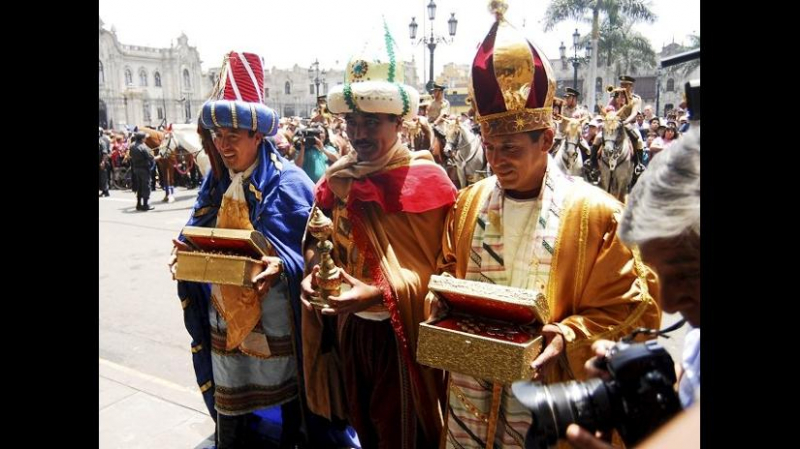
Photo: RPP -
Santurantikuy, which means "Buy me a small saint" in Quechua, is the emblem of the exhibition sale, which dates back to the 16th century. Cusco's energy, heritage, culture, art, and dedication are embodied in the Santurantikuy fair.
The origins of this event are unknown, however, it is thought to date back to the sixteenth century. Santurantikuy was first mentioned in 1834, but it was not given that name. Regardless of the mystery, we do know that Santurantikuy is a Spanish construct from the colonial period, intended to evangelize indigenous Peruvians, including the sale of portraits of catholic saints on the steps of Cusco Cathedral.
Nio Manuelito is the fair's standout among the saints' images on display. This is merely a representation of the infant Jesus. According to Catholic mythology, the name Manuelito is a charming version of the Spanish word of "Emmanuel," as baby Jesus is also called.
Cusco's inhabitants adopted Nio Manuelito's concept and even dressed him up like an Inca ruler. The Jesuits were in charge of this, and the Catholic Church was outraged. Nio Manuelito is still a popular and cherished character among all Cusquenos, especially around the holidays.Location: Cusco
Date: December 24
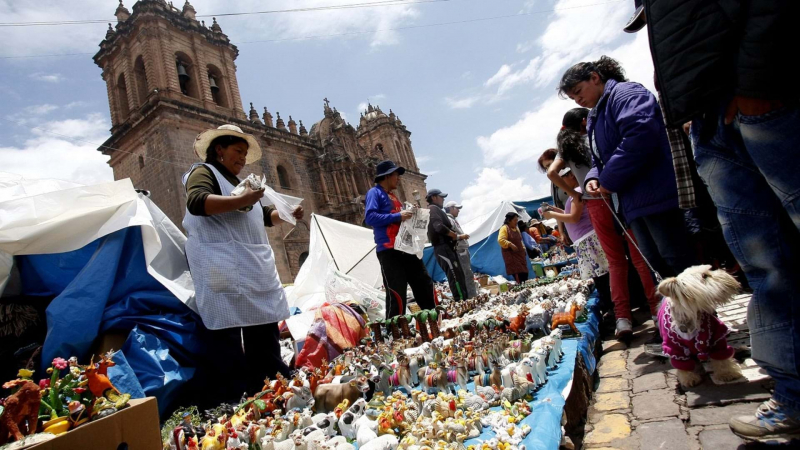
Photo: Perú Travel 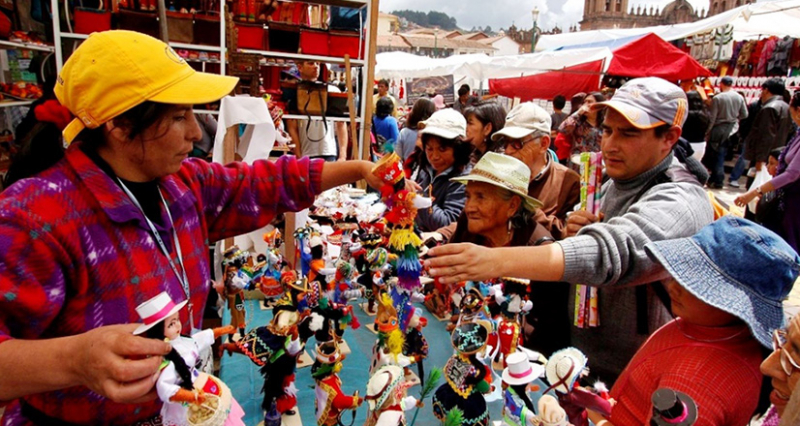
Photo: Perú Travel -
Semana Santa, or 'Holy Week,' celebrations are held all around Peru. Cusco's festival, on the other hand, is definitely one of the most fascinating, combining the city's Incan and Catholic roots.
The city's Patron Saint, Senor de Los Temblores (also known as "Lord of the Earthquakes"), is the focus of the festivities.
Locals allegedly took a statue of Christ out of the church during a huge earthquake in 1650, and the shaking magically halted. The statue has subsequently become a prized asset, as seen by the six-hour Easter Monday parade through Plaza de Armas and neighboring streets.
Up to 20,000 people congregate in Cusco's main square and surrounding streets to watch the Easter procession, during which the crowd throws nucchu flowers, which represent Christ's blood, as the crucifix passes.
Locals will celebrate the end of lent with a 12-course meal on Good Friday. Soups, potatoes, and maize are all on the menu. The streets are also lined with stalls selling a variety of foods, allowing visitors to participate.Location: Cusco
Date: Easter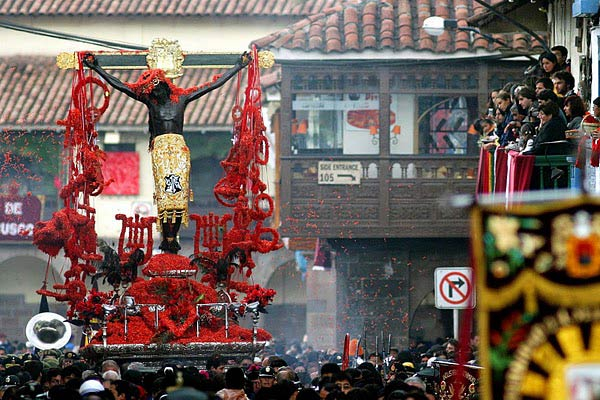
Photo: Peru For Less 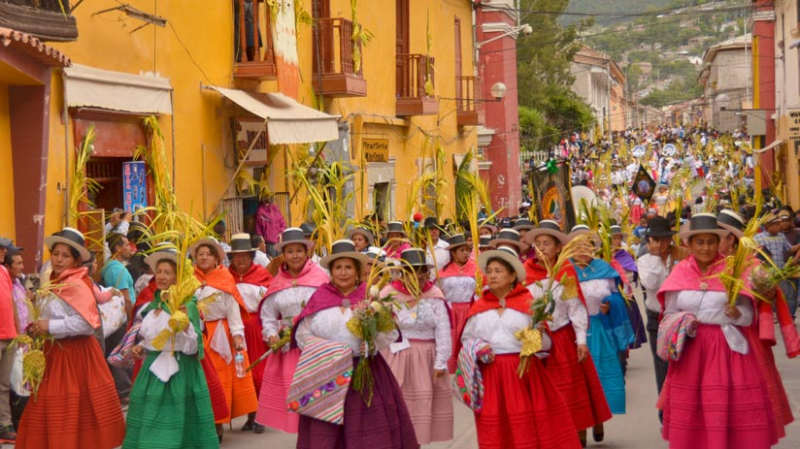
Photo: Machu Travel Peru -
Another one on our list of the most famous festivals in Peru is Mistura. This annual culinary festival in Lima, the largest of its type in South America, brings together chefs, restaurateurs, producers, farmers, winemakers, pisco makers, and others in a celebration of Peruvian food.
Last year, around 200 eateries, bars, and food trucks were in attendance, providing plenty of alternatives for hungry patrons.
From internationally famous Peruvian chefs like Gaston Acurio of Astrid y Gaston fame to local producers from all throughout Peru, the event promotes and showcases Peruvian food at all levels.
Travelers can purchase tickets to the event as well as join up for guided tours to get the most out of their visit. Grazie mille!
Location: Lima
Date: 2-11 September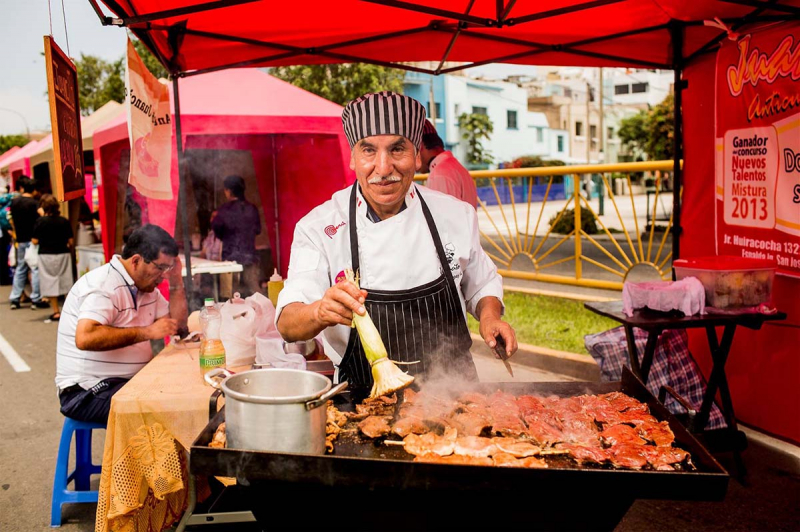
Photo: Peru For Less 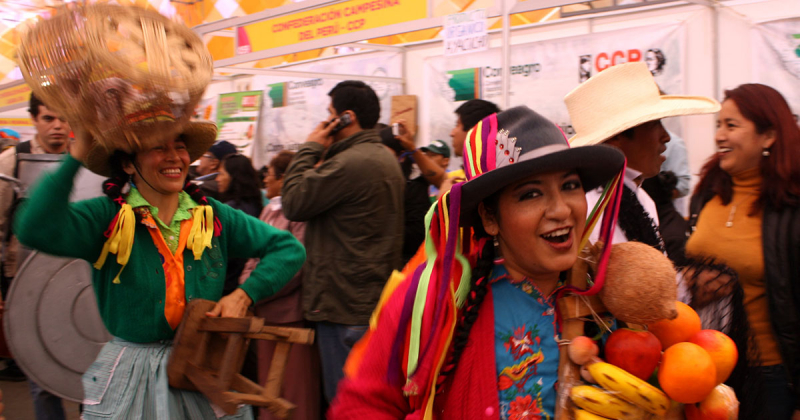
Peru For Less -
The Fiesta de la Vendimia, which lasts ten days, is a celebration of Ica's grape harvest. Ica is Peru's viticulture center, producing some of the best wine in the country as well as some of the world's best piscos.
Colourful street processions, dancing, grape stomping, and a variety of local dishes to soak up the wine are all part of the festivities. Crowds assemble to witness the Queen of the Harvest being crowned and then having the honor of stomping in the vat of grapes.
Pachamanca, a typical Peruvian dish of meat – lamb, mutton, pork, chicken, or guinea pig – roasted in an earthen pot under hot stones with potatoes, spices, and chile, is one of the culinary highlights.
Location: Ica (four-hour drive south of Lima)
Date: March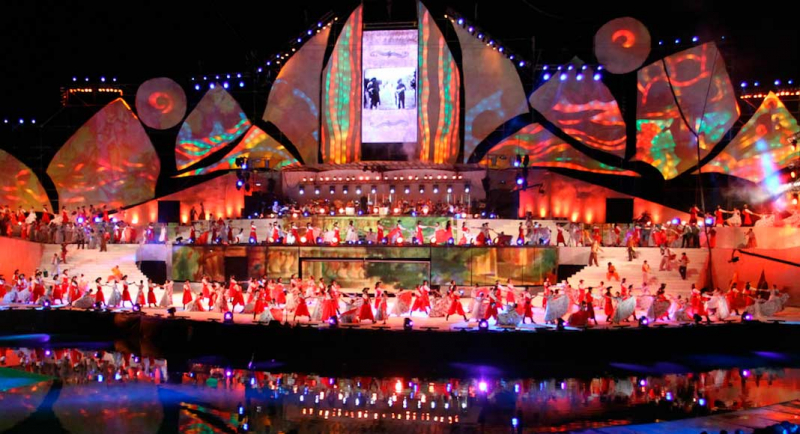
Photo: Volemos 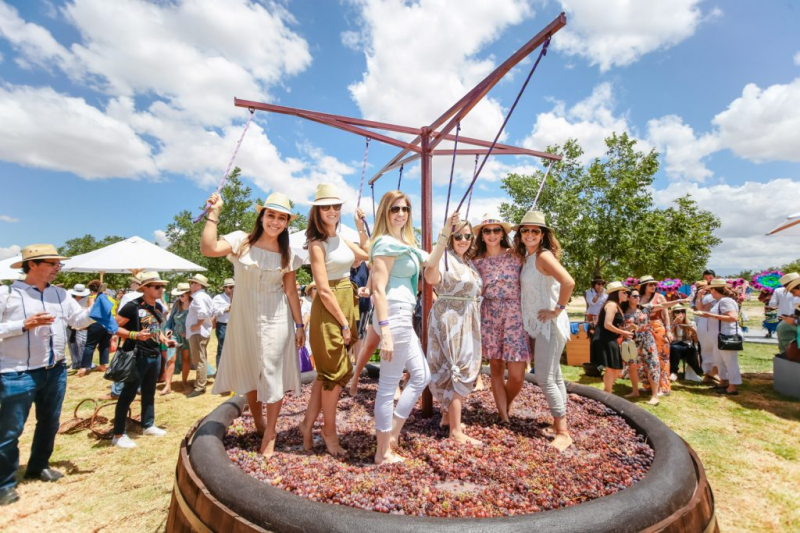
Photo: Revista El Conocedor -
La Candelaria is without a doubt Peru's most colorful festival, with 140,000 dancers and musicians taking to the streets in one of South America's largest cultural festivals.
Puno, on the beaches of Lake Titicaca, hosts La Candelaria. In a spectacular feast with dances and rituals, the festival honors Puno's patron saint, the Virgin of Candlemas, as well as Puno's Quechua and Aymara legacies.
La Candeleria is Peru's major cultural event, and it reflects the country's cultural wealth and depth by including elements from the country's past and contemporary ethnic groups. UNESCO's 'Intangible Cultural Heritage List' just included the festival.
Location: Puno (the gateway to Lake Titicaca)
Date: February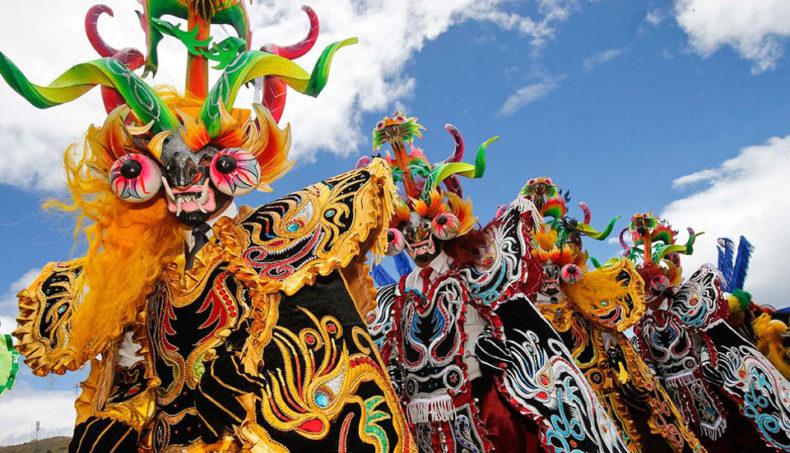
Photo: Peru Hop 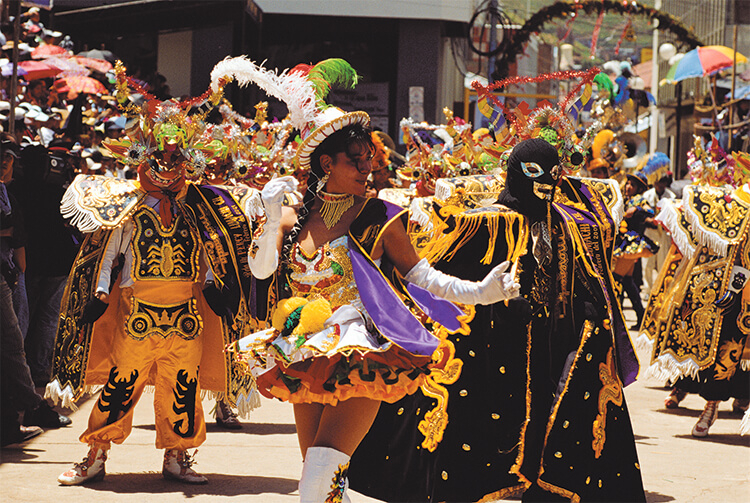
Photo: Tambo Travel -
This carnival is one of the most famous festivals in Peru. It attracts about 60,000 guests from all over the world because of the exuberant celebration with dancing, music, games, competitions, and water fights. The streets are festooned with bright ribbons, balloons, and lighting. As part of their traditions, locals dress up in festival attire, chant carnival music, and splash buckets of water on each other.
During Cajamarca Carnival, beautiful street parades may be seen, as well as the 'Paint Day' festival, in which everyone paints each other with colors, water, and flour.
Location: Cajamarca
Date: 26th Feb – 2nd Mar 2022
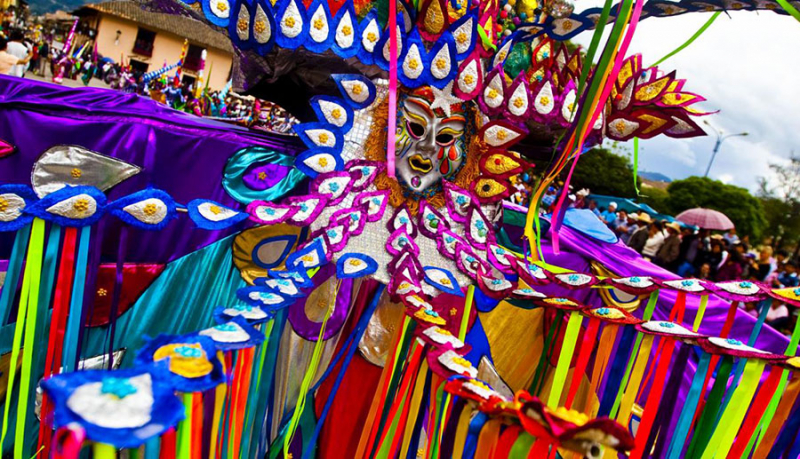
Photo: Best Peru Tours 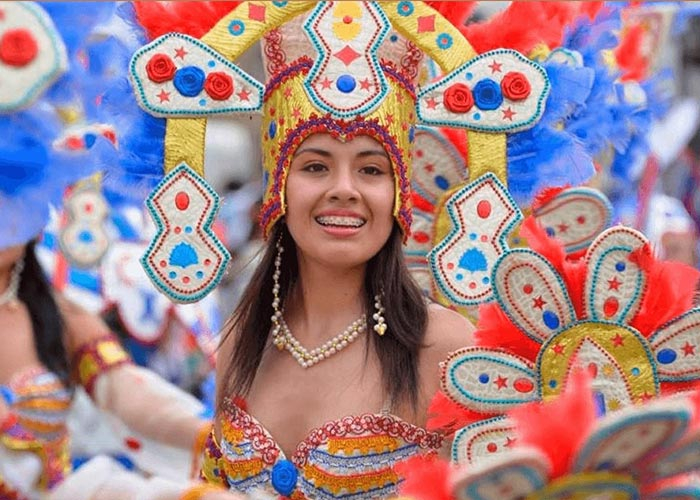
Photo: The best carnivals in the world -
Fiesta de las Cruces is a prominent Peruvian holiday that is also widely observed in Spain and Latin America. This festival, also known as the Festival of the Crosses, takes place every year on the 3rd of May. When the Spaniards conquered and occupied the Inca empire and imposed their traditions and culture throughout the country, they introduced the celebration to Peru.
On the streets, grand processions may be observed, with people carrying big wooden crosses adorned with flowers and traditional textiles. Folk music and dances, including the traditional scissors dance, follow the rally.
Location: Across the country
Date: 3rd May 2022
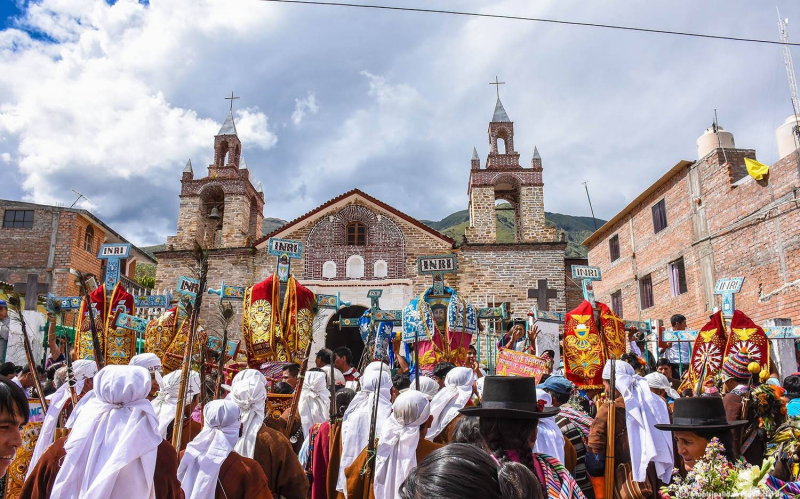
Photo: Rumbos del Perú 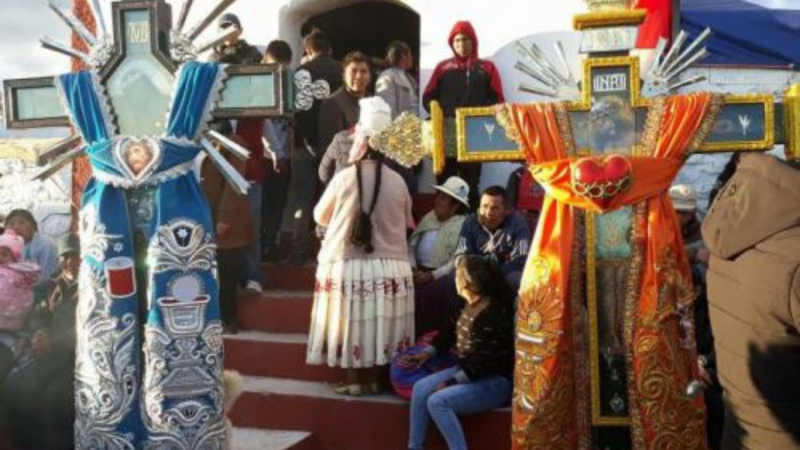
Photo: ANDINA -
Another notable event in Peru is the Paucartambo Festival, which is held to honor Virgen del Carmen (Our Lady of Mount Carmel), who is revered as Peru's Mother. Locals dress up in vivid traditional costumes, wear masks, and participate in dances performed by their forefathers.
This festival includes spectacular fireworks, acrobats, racing, and unique group dances. The Peruvian National Institute of Culture designated Paucartambo's Virgen del Carmen Festival as an Intangible Cultural Heritage in 2016 due to its religious significance.Location: Paucartambo
Date: 15th July- 18th July 2022
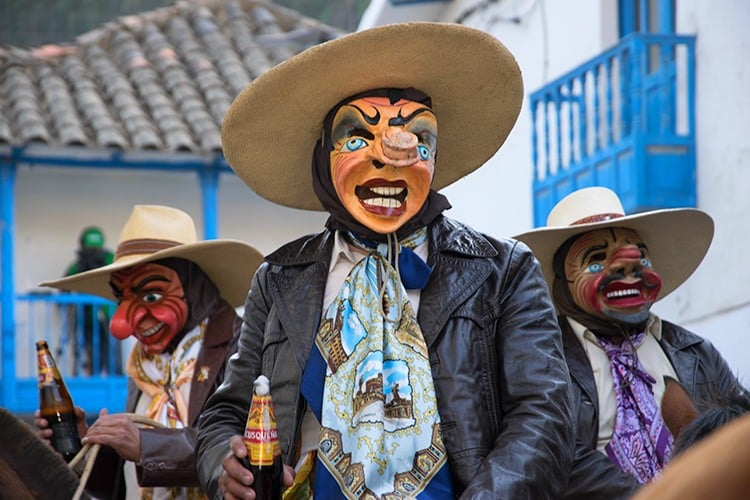
Photo: Kuoda Travel 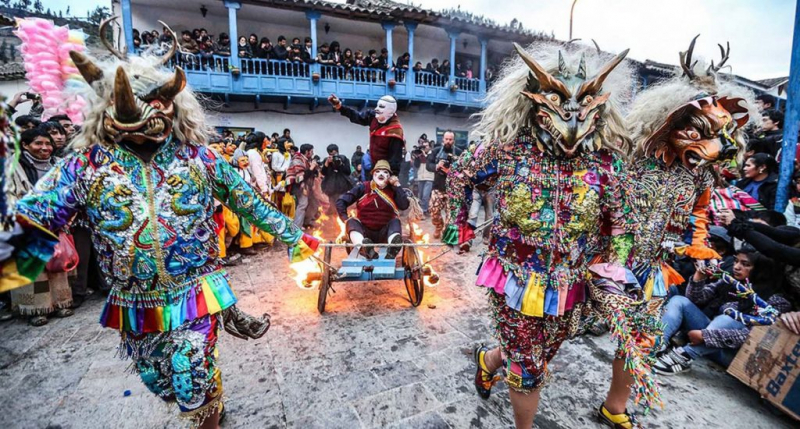
Photo: Andean Lodges














